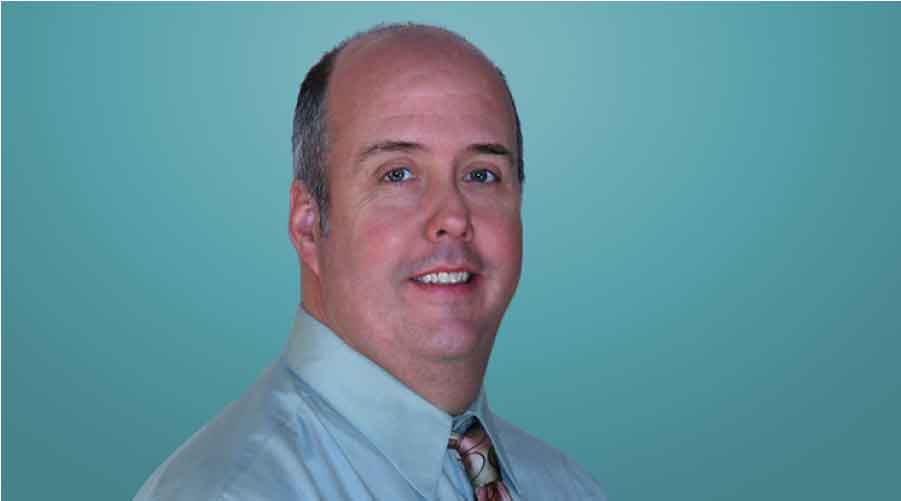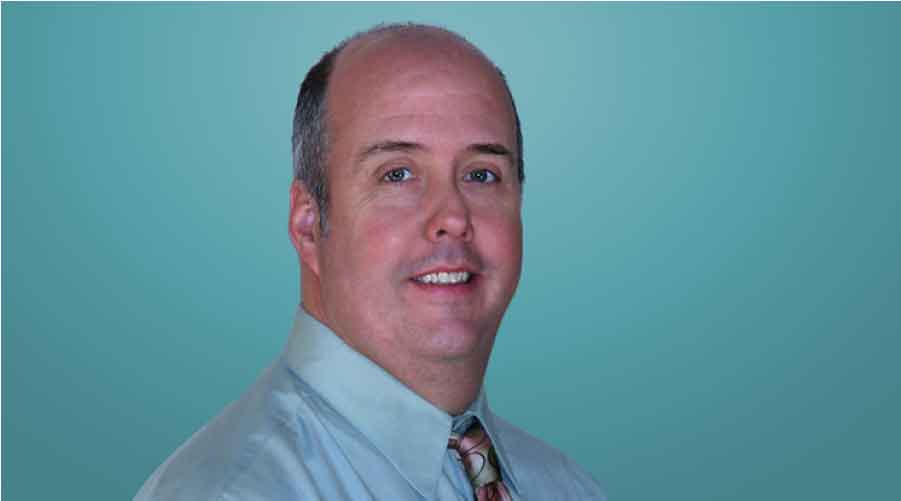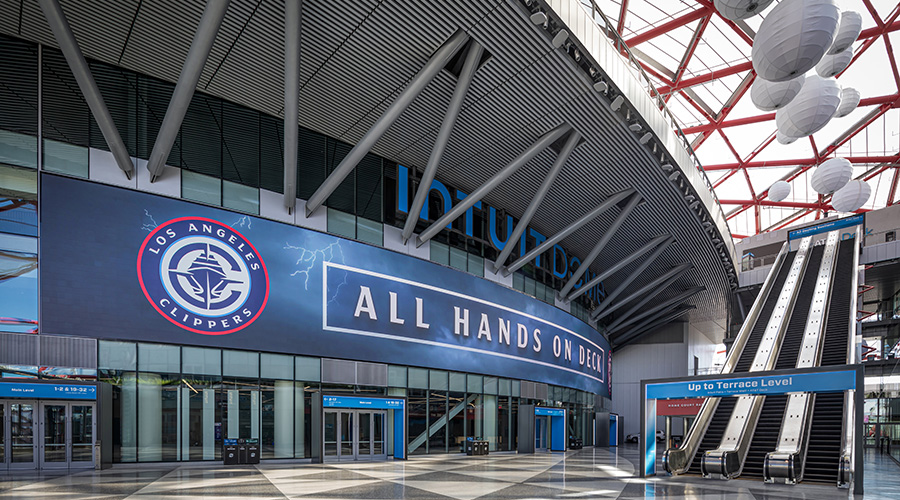The Rise of the LEED City
U.S. Green Building Council Perspective
The District of Columbia made history last month when it announced that it had surpassed 100 million square feet of LEED-certified commercial space. Only three other cities — Chicago, New York, and Houston — can make such a claim. Washington's inclusion in the "LEED 100 million club" is cause for celebration for all of us in the green building community, and it is especially remarkable considering the stark geographic and demographic differences between D.C. and its fellow club members.
Washington is the 23rd most populated city in the United States, whereas Chicago, New York, and Houston are three of the top four most populated cities in the nation. D.C. is also a much smaller city geographically speaking, than its LEED peers. Washington's total geographic area (61 square miles) is less than half the landmass of Chicago, the second smallest city to certify more than 100 million square feet of LEED space. Additionally, anyone who has ever spent a significant amount of time in the district can appreciate how many projects and how much effort it would take for a city that is legally devoid of skyscrapers and boasts wide, Parisian-style boulevards to develop such a large amount of LEED space.
The district's impressive record in transforming its built environment can be attributed to several factors: political prioritization from D.C.'s local government, the widespread adoption of LEED by the federal government (which has an outsized impact on the D.C. real estate market), and local consumer demand. These factors are the reason why Washington, which will be hosting the Greenbuild International Conference and Expo in 2015, currently has 155 square feet of certified LEED space per person — more than any other city or state per capita.
Local leadership has been especially strong under Mayor Vincent Gray, who should be recognized as a model politician when it comes to green building. At a recent green building summit hosted by his building department, Gray said, "If I sound enthusiastic about our work on sustainability, it's because I am!"
Gray has traveled the country and every D.C. neighborhood, proudly promoting his community-developed Sustainable D.C. Plan. The plan features green building as a central strategy for addressing a wide variety of the district's energy, economic, environmental, and quality-of-life goals.
What does this all mean for the future of green building? It means that through proactive engagement with the consumer market, cooperation from federal, state, and local governments, and a continued commitment to innovation, the green building movement's goal of transforming our built environment within a generation is completely realizable. If small to mid-sized cities such as Washington, D.C., can make this significant of an impact in less than a decade (counting back from the passage of the Green Building Act of 2006), then there is no reason why other, similar-sized cities cannot follow suit.
The collective work of the green building industry has the potential to create many more LEED "100 million" cities. Last month, the U.S. Green Building Council released the results of a year-long study showing that demand for LEED Professionals increased by a staggering 46 percent between March of 2013 and February of 2014. Considering that this same time period was relatively poor in terms of the creation of new professional jobs (the federal government's budget sequester coincided directly with the onset of the study), it is even more apparent that the green building movement is continuing to gain momentum across the country (and world).
These trends reinforce the idea that events such as D.C.'s inclusion in the "LEED 100 million club" are not isolated incidents, but rather important milestones for a truly transformative movement. The green building community is standing on the precipice of many monumental achievements to come. We are now entering the age of the LEED city.
Christopher Gray is a communications specialist at the U.S. Green Building Council. Jeremy Sigmon is the council's director of technical policy.
Related Topics:














